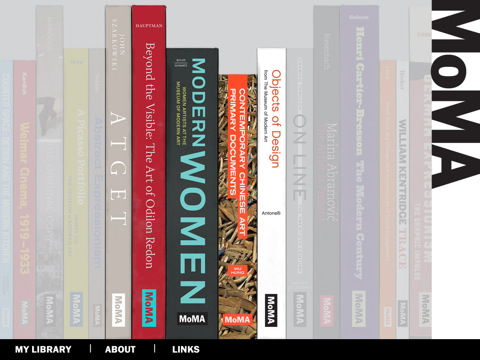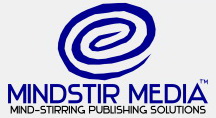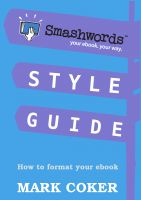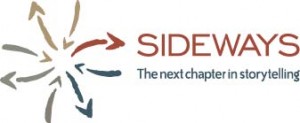Although art lovers will continue to treasure beautifully printed art books, expect to see more museums make some titles available as e-books.
For example, with the new MoMA Books application from The Museum of Modern Art (MoMA), Apple iPad users can purchase, download, and read MoMA e-books, including favorite backlist titles that are no longer available in print. The MoMA Books App also provides convenient access to exhibition catalogues, scholarly texts on key works and artists in collection, and anthologies of important art-historical texts from around the world. In other words, the e-books provide a way to disseminate a lot more knowledge about the works in the museum’s collections.

With the digital bookshelf in the MoMA Books App, you can preview free sample sections of each book’s contents and purchase books through your Apple ID and account. Once you download an e-book to the MoMA’s App’s Library, you can enjoy an enriched reading experience directly within the App.
MoMA e-books preserve the original design and layout of the print book while enabling you to zoom in on superb, high-resolution reproductions of artwork for close study of details.
You can also bookmark favorite pages for future reference. As more MoMA e-books become available, the App will automatically prompt you to update their browsing shelf to show new titles.
If you want to explore collection works, check the exhibition schedule, or purchase admission tickets, the MoMA Books App lets you link directly to MoMA.org. Recent MoMA books that are not yet available as e-books can be purchased through a direct link to MoMAStore.org.
The MoMA Books App is available as a free download from the App Store.
If you don’t have an iPad, you can purchase and download MoMA e-books to your personal computer through the MoMA Store.







